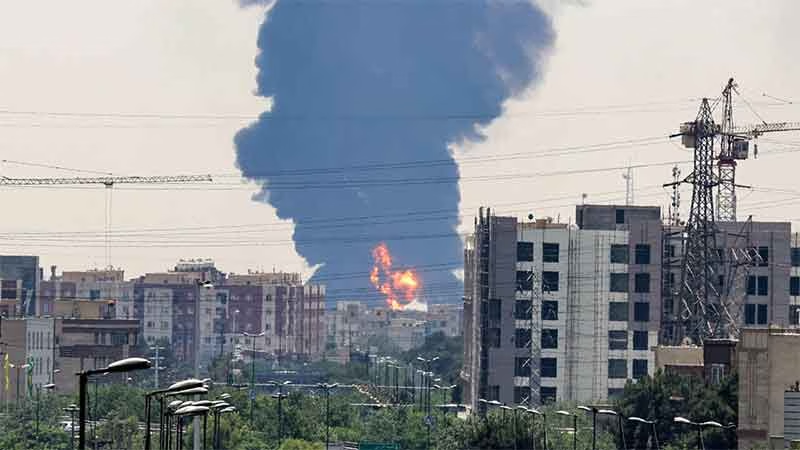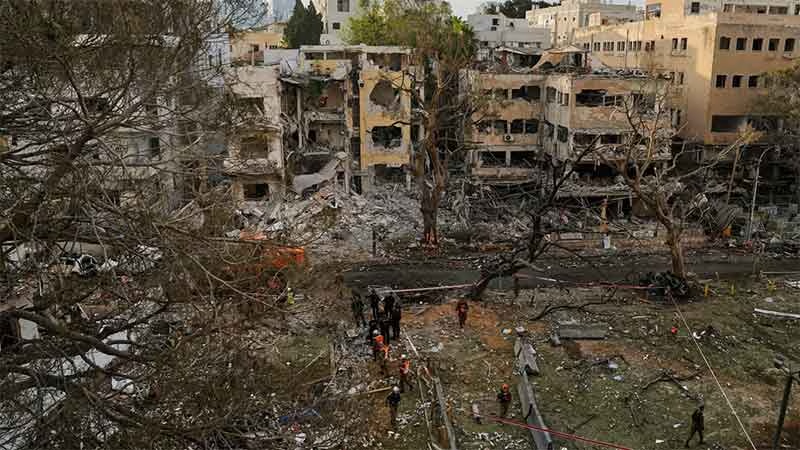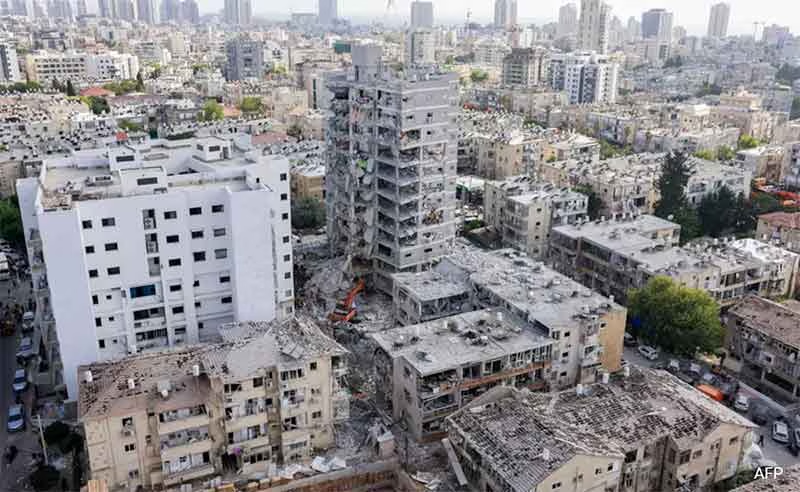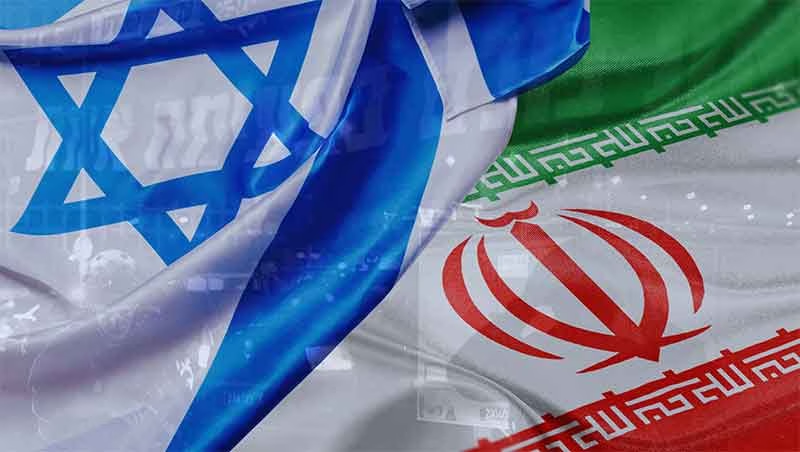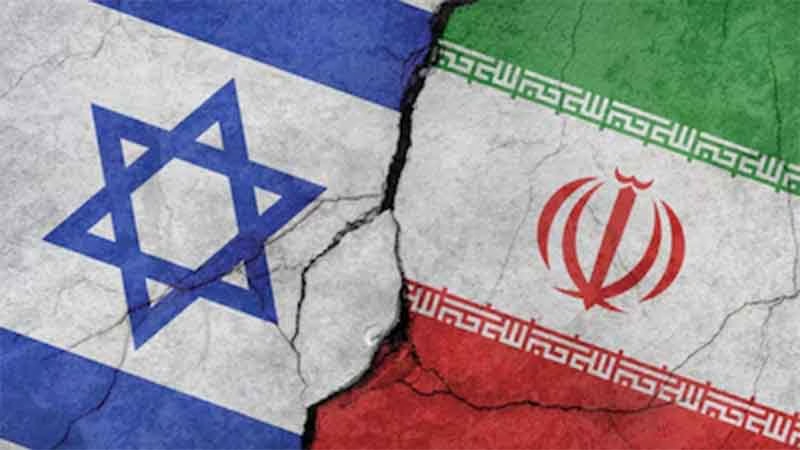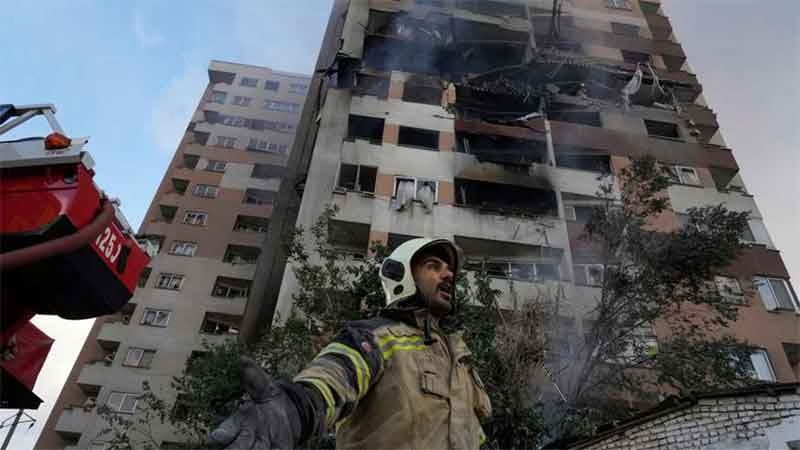
As reported by The Times of India, according to a study published in the ‘Future Development’ blog of Brookings, Nigeria has overtaken India in terms of the highest number of extremely poor people (https://timesofindia.indiatimes.com/india/india-no-longer-home-to-the-largest-no-of-poor-study/articleshow/64754988.cms). The study estimates that at the end of May, 2018, Nigeria had about 87 million people in extreme poverty compared to India’s 73 million. The poverty line in the estimations is defined at $1.9 per person per day. So, a time to gloat and celebrate? Far from it I think.
First and foremost, I have serious problems with this entire business of poverty estimation, and the way it is done. There exist a plethora of methodologies to arrive at a poverty line, which, according to Cambridge Dictionary is defined as, “the official level of income that is needed to achieve a basic living standard with enough money for things such as food, clothing and a place to live” (https://dictionary.cambridge.org/dictionary/english/poverty-line). If we consider the global standard as stated above, i.e., $1.9 per person per day, it can be roughly translated to about Rs. 130 per person per day, which would mean about Rs. 4000 per person per month. Within the definition of poverty stated above, I am at a loss to understand the kind of ‘basic living standard’ that this amount will be able to provide to any individual. How ‘basic living standard’ is even defined here? Is this money even enough to fulfil the daily calorific and nutritional requirements of an individual, leave alone clothing and shelter? If it is, do these calorific requirements take into account the kind of lifestyle of the people that are involved? The diet charts that are prepared by nutritionists provide minimum quantities of fats, carbohydrates, minerals, vitamins etc. that an individual should consume in a day. Will it be possible for an individual to consume the same, day after day, with this meagre amount? Or are such diet charts not relevant for the so called ‘poor’?
Coming to clothing, what is the definition of ‘basic’ in terms of clothing? When does one feel that certain amount of clothes are now sufficient for a decent standard of living? Certain individuals have the means that they can wear even five different outfits in a single day (and they will never repeat these again in their lifetime) whereas for certain others five outfits may be deemed to be enough for five years, at the rate of one new outfit a year, and they may still qualify in terms of meeting the requirement of ‘basic’. Why so?
Lastly, coming to the shelter part of it or a ‘place to live’. What is a decent enough ‘place to live’ for an individual? For some people a ‘place to live’ may consist of a multistoried mansion for a family of four to five individuals, whereas for some others one small room for a family (that may or may not be ‘pucca’) of ten may be deemed to be fulfilling the requirement of ‘basic’.
What happens when the number of people below this ‘basic standard of living’, as explained above, declines? It is deemed as a great achievement for the nation. It is worn as a badge of honor, used in speeches after speeches to garner votes from the electorate. It is considered as the final proof of the success of the policies that the nation has been following. Why is this so? Because it has been drilled into you that the first goal has to be to move maximum number of people above that sacrosanct line and only then should we talk about anything else. No one stops even for a second to wonder what is so sacrosanct about that line? What difference will crossing that line make for those whose lives are being discussed here? What is anyone going to achieve even if the entire population is officially declared to be above this line? What are the goals that we would have then fulfilled as a society?
At this juncture, I would like to also share some other data, which I think should be considered as extremely relevant by all. Following data has been thrown up by the World Inequality Report, 2018 (https://thewire.in/business/rising-inequality-india-insight-world-inequality-report-2018).
The total cumulative real income growth per adult from 1980-2016 for India is as follows:
| Income group | Value in percentage |
| Full population | 223 |
| Bottom 50% | 107 |
| Middle 40% (between top 10% and bottom 50%) | 112 |
| Top 10% | 469 |
| Top 1% | 857 |
| Top 0.1% | 1295 |
| Top 0.01% | 2078 |
| Top 0.001% | 3083 |
Further, share of national income growth captured by income groups from 1980-2016 is as follows:
| Income group | Value in percentage |
| Full population | 100 |
| Bottom 50% | 11 |
| Middle 40% (between top 10% and bottom 50%) | 23 |
| Top 10% | 66 |
| Top 1% | 28 |
| Top 0.1% | 12 |
| Top 0.01% | 5 |
| Top 0.001% | 3 |
After going through the above tables, it is amply clear who is actually gaining from the so-called miraculous growth story of India. Whereas the accumulation of wealth at the top is growing at an exponential rate, the bottom-most are just being handed down a change in their status and nomenclature. The ones earlier counted as extremely poor below the poverty line are now poor above the poverty line. What this actually means for them is anybody’s guess. But it does mean a lot for the policy makers and their apologists. It means that they can add another feather to their cap, howsoever meaningless it actually may be. However, any amount of self-congratulation will not be able to suffice in answer to some ‘basic’ questions: What differentiates those at the top from those at the bottom? Have all those at the top earned their right to be there? Does the accident of their birth does-not have anything to do with it? Have they not been treated favorably at the expense of others at every step of the way that is in case they have not inherited their wealth and status? Should the so-called ‘poor’ feel gratified, obliged and thankful if they succeed in crossing a line which they might not be even aware, exists? Do they not have any right to have a life beyond the ‘basic’ needs of food, clothing and shelter? Why are they more unequal than the others? Why should they not feel mocked if their entire lives are reduced to just numbers and statistics?
If we are to ever consider ourselves a ‘civil’ society, we will have to answer these questions. Otherwise, let us just simply forget about all of the above and join in the celebrations of losing our number one spot in terms of the numbers of ‘extremely poor’. Let us be proud that we have been displaced by some other unfortunate nation who has now acquired this coveted spot. Because again, as far as the modern philosophy of nation-states goes, it should not be our concern if the hungry belong to some other nation, even if such extreme hunger, poverty and deprivation is a consequence of the very policies that the world has decided to openly embrace.
Nivedita Dwivedi has done MA in Elementary Education from Tata Institute of Social Science. Blog at http://fromwordstovoid.blogspot.in


































